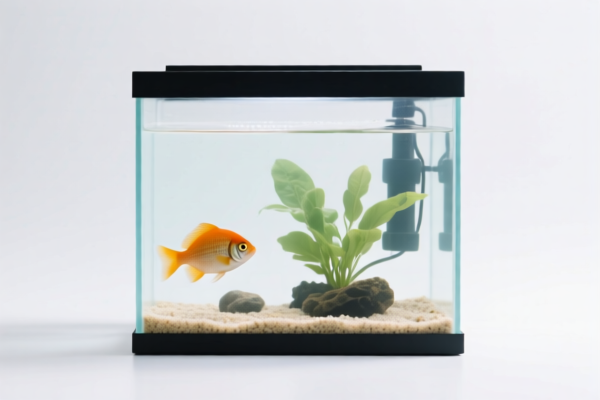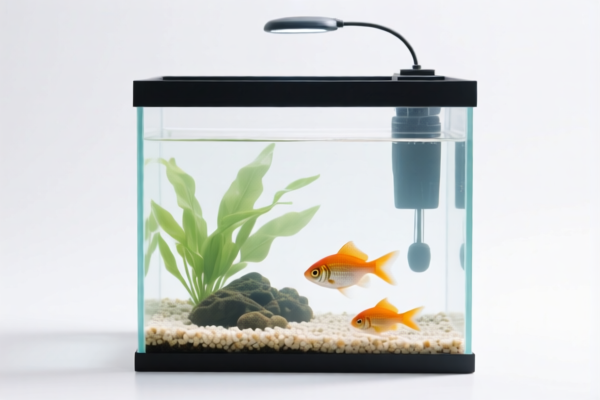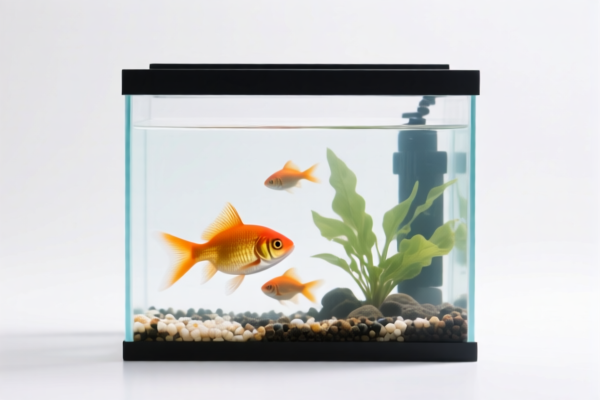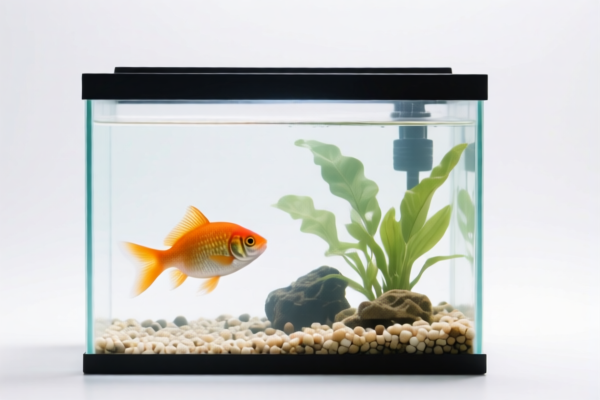| HS Code | Official Doc | Tariff Rate | Origin | Destination | Effective Date |
|---|---|---|---|---|---|
| 9506696010 | Doc | 42.4% | CN | US | 2025-05-12 |
| 9507908000 | Doc | 39.0% | CN | US | 2025-05-12 |
| 3923300090 | Doc | 58.0% | CN | US | 2025-05-12 |
| 7309000030 | Doc | 80.0% | CN | US | 2025-05-12 |
| 7309000090 | Doc | 80.0% | CN | US | 2025-05-12 |
| 7326908688 | Doc | 82.9% | CN | US | 2025-05-12 |
| 7326908688 | Doc | 82.9% | CN | US | 2025-05-12 |




Fish Tank
A fish tank, also known as an aquarium, is a transparent container for holding aquatic plants and animals. They are commonly used in homes, offices, and public spaces as decorative features and for keeping fish and other aquatic life.
Materials
Fish tanks are constructed from a variety of materials, each with its own advantages and disadvantages:
- Glass: The most traditional and widely used material. It is relatively inexpensive, scratch-resistant, and provides excellent clarity. However, it is heavier and more prone to breakage than acrylic.
- Acrylic: A plastic material that is lighter and more impact-resistant than glass. It offers better insulation and is easier to shape, allowing for more complex designs. However, it scratches more easily and can be more expensive.
- Polycarbonate: A very strong and durable plastic, often used for large aquariums. It is more expensive than both glass and acrylic.
- Fiberglass: Used primarily for very large custom aquariums due to its strength and flexibility.
Purpose
The primary purposes of a fish tank are:
- Housing Aquatic Life: Providing a controlled environment for fish, invertebrates, amphibians, reptiles, and plants.
- Decoration: Serving as an aesthetic feature in homes, offices, and public spaces.
- Education: Allowing observation of aquatic ecosystems and animal behavior.
- Research: Used in scientific studies of aquatic life.
Function
A fish tank functions as a miniature ecosystem, requiring several key components to maintain a healthy environment:
- Filtration: Removes waste products and toxins from the water. Types include mechanical, chemical, and biological filtration.
- Aeration: Provides oxygen to the water, essential for aquatic life. Achieved through air pumps, surface agitation, and plants.
- Temperature Control: Maintaining a stable temperature suitable for the inhabitants. Heaters and coolers are used.
- Lighting: Providing illumination for viewing and supporting plant growth. Different types of lights are available, including fluorescent, LED, and metal halide.
- Water Circulation: Ensuring proper distribution of oxygen and nutrients. Powerheads and pumps are used.
- Substrate: Providing a surface for beneficial bacteria and plants. Common substrates include gravel, sand, and aquatic soil.
Usage Scenarios
- Home Aquariums: Range in size from small desktop tanks to large floor-standing tanks.
- Office Aquariums: Often used as decorative features in reception areas and lobbies.
- Public Aquariums: Large-scale facilities showcasing diverse aquatic ecosystems.
- Research Laboratories: Used for studying aquatic life and conducting experiments.
- Classrooms: Used for educational purposes, allowing students to observe and learn about aquatic ecosystems.
Common Types
- Freshwater Tanks: Housing fish and plants from freshwater environments.
- Saltwater Tanks: Housing fish and invertebrates from marine environments. These are generally more complex to maintain than freshwater tanks.
- Planted Tanks: Focused on growing aquatic plants, often with fewer fish.
- Reef Tanks: Specialized saltwater tanks designed to house coral and other reef-building invertebrates.
- Brackish Tanks: Housing species that require a mix of fresh and saltwater.
- Species Tanks: Dedicated to housing a single species of fish or invertebrate.
- Nano Tanks: Very small tanks, typically less than 20 gallons.
- Walstad Tanks: Low-tech tanks relying heavily on plants for filtration and oxygenation.
Based on the provided information, the following HS codes may be relevant to “fish tank”:
-
9506.69.60.10: This HS code falls under Chapter 95, which covers Articles and equipment for general physical exercise, gymnastics, athletics, other sports (including table-tennis) or outdoor games, not specified or included elsewhere in this chapter; swimming pools and wading pools; parts and accessories thereof. Specifically, it covers Balls, other than golf balls and table-tennis balls: Other: Other Polo balls. While seemingly unrelated, swimming pools and wading pools are included in this chapter, and a fish tank could be considered a small, contained pool. The tax detail indicates a basic tariff of 4.9%, an additional tariff of 7.5%, and an additional tariff of 30% after April 2, 2025, resulting in a total tax of 42.4%.
-
7309.00.00.30: This HS code is categorized under Chapter 73, which covers Reservoirs, tanks, vats and similar containers for any material (other than compressed or liquefied gas), of iron or steel, of a capacity exceeding 300 liters, whether or not lined or heat insulated, but not fitted with mechanical or thermal equipment. Specifically, it covers Tanks. If the fish tank's capacity exceeds 300 liters and is made of iron or steel, this HS code may apply. The tax detail shows a basic tariff of 0.0%, an additional tariff of 25.0%, and an additional tariff of 30% for steel and aluminum products after April 2, 2025, resulting in a total tax of 80.0%.
-
7309.00.00.90: This HS code also falls under Chapter 73, covering Reservoirs, tanks, vats and similar containers for any material (other than compressed or liquefied gas), of iron or steel, of a capacity exceeding 300 liters, whether or not lined or heat insulated, but not fitted with mechanical or thermal equipment. Specifically, it covers Other. If the fish tank's capacity exceeds 300 liters and is made of iron or steel, this HS code may apply. The tax detail indicates a basic tariff of 0.0%, an additional tariff of 25.0%, and an additional tariff of 30% for steel and aluminum products after April 2, 2025, resulting in a total tax of 80.0%.
Regarding HS codes 7309.00.00.30 and 7309.00.00.90, please note the need to verify the material (steel or iron) and consider the capacity exceeding 300 liters. An additional tariff of 30% may apply to steel and aluminum products after April 2, 2025.
Customer Reviews
No reviews yet.